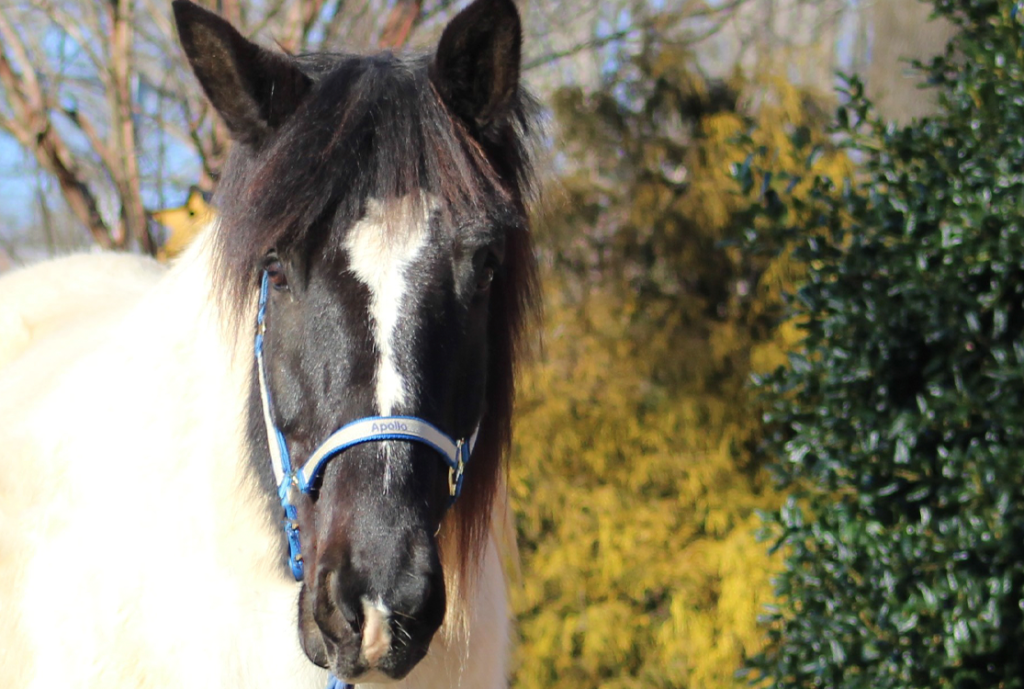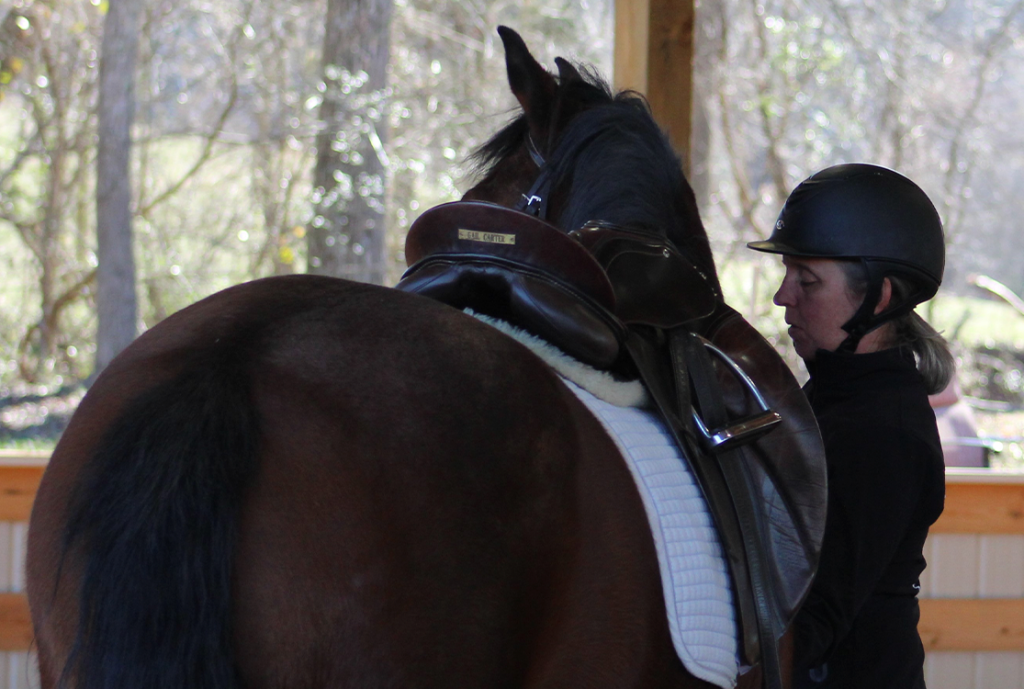One way horses explore their world is to test whether or not they can move things. If you want to see this in action, put a few objects on a table and turn your horse loose. Most likely they will knock over everything that isn’t bolted down. Not only will they do this with inanimate objects, they will do this with other horses, animals, and people. Curious exploration is a sign of a horse that is healthy in mind and body, certainly not a behavior that should be punished or shut down. It is up to every individual handler to show the horse that they are strong and grounded. From there we can start to develop soft responses.
All horses learn from experience, even if it is quite different from what we are trying to teach them. Awareness of when we are being pushed or pulled and the ability to remain strong, grounded and stable while setting clear and effective boundaries is crucial to developing softness. Only when the horse experiences us as something solid and immovable will they yield consistently and easily.
The ability to keep ourselves grounded and safe through clear boundaries is also paramount to becoming an influence to help calm an anxious horse. We can’t fool the horse into believing we are a source of safety if we can’t keep ourselves safe. We are always communicating the state of our nervous system in subtle ways that are easily perceived by the horses. The ability to maintain the breath, to release excess tension, and to calm our own nervous system is the first step to helping the horses do the same. Without clear and effective boundaries we will not be able to accomplish this.
Teaching softness must start on the ground, where we can use our connection to the earth to strengthen our position. I use the expression “be like the tree” to describe the feeling of becoming solid and rooted, resisting force without pushing or pulling. When we are standing on the ground we can achieve a great deal of stability and “rootedness,” especially in a warrior stance. When we are riding the horse we are connected to their back, there is no way to firmly ground and wait for the horse to soften in the same way we can do it off of the horse. When the horse learns to yield to our grounded and stable position when we are connected to the earth, we can engage the same muscles when riding and they will respond in the same way.
In warrior pose we tap into the stability of the earth, grounding ourselves as if rooted like a tree. In a relaxed warrior pose we find alignment and ease. As we release unnecessary tension in the muscles the body will naturally come into a balanced alignment. By releasing unnecessary tension we also create more potential energy and the ability to engage more powerfully when we need to. If we encounter a strong force, such as being pushed or pulled by a horse, we are able to become incredibly strong in our stillness. The wide stance adds stability that increases our strength. Pushing or pulling will weaken our ability to resist pressure, yet by focusing on holding our ground the horse will learn to yield.
In addition to our ability to resist force, it is also important to be able to set clear and effective boundaries. When we can hold space around ourselves, we are able to relax into a calm state of grounded stillness more easily. I have met horses that would not acknowledge me, in some cases even trying to run me over as if I wasn’t there. In those situations I use a wand (usually a dressage whip) or flag (or at times even a plastic bag tied to the end of a whip) to get the horse’s attention and let them know I am not moving. While I prefer to engage with horses like this at liberty before ever attempting to work with them on a lead line and halter, sometimes that isn’t possible. In those situations I use a fence or wall to help set boundaries. By placing myself near a solid boundary, I create a half circle around myself that is defined by the wand or flag. While not trying to control the horse’s movement, I stop them from coming into my space and set a clear boundary with the lead line. Since they aren’t able to circle around me, each time they come to the wall we have a moment to discuss boundaries. They may stop and engage with me, or they may turn and circle back the other way. With each repetition we have an opportunity to reinforce boundaries and to invite a conversation. I make sure that my own body language is expressing calm, grounded stillness. In every situation that I have used this approach, the horse eventually acknowledges me, creating an opening for me to help them become more calm and grounded as well. In order to become a positive influence on the horse and help them relax, we first must get their attention and show them that everything is okay, that they are safe. While the half-circle on the wall technique is rarely needed, and usually only once in an initial encounter, it can be a very effective method in extreme cases and a way to reset responses to boundaries with horses that are used to running people over.
As I observe people with their horses, I can’t help but notice how often they are not aware of how when they are being pushed and pulled. Simply shifting awareness and practicing a solid, grounded stance while setting effective boundaries can create profound changes. Sometimes I will do this at feeding time, when horses are prone to become especially pushy. The food creates a strong draw and a reason for horses to push into us. Often when I get a new horse I will use a wand when feeding to ensure that I can create a safe space for myself as I pour the food and move away. Not only does this keep me safe, it is a wonderful opportunity to have an important conversation that will have a beneficial effect on our relationship.
Lately I have been thinking a lot about how horsemanship relates to the chakras. Our root chakra is what grounds us to the earth and gives us a feeling of being supported and safe. Without this we cannot explore the world in a curious and joyful way. Neither can we proceed in our relationship with our horses from a place of safety, calm and confidence. Horses, being the wonderful teachers that they are, provide plenty of opportunities for us to practice grounded strength and setting clear and effective boundaries. This not only benefits our horsemanship, but every aspect of our lives as well.
Follow Us
To learn more about how you can help your horse feel better and improve your relationship through touch, groundwork and riding…
More from my Blog
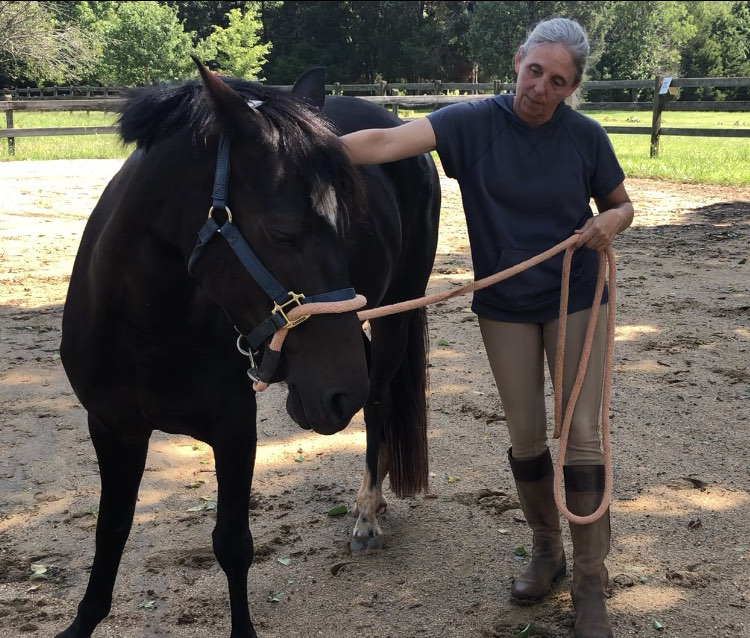
Working with the Nervous System
My work with horses has led me to take a deep dive into the inner workings of the nervous system. As a trainer, often my job is to help a…
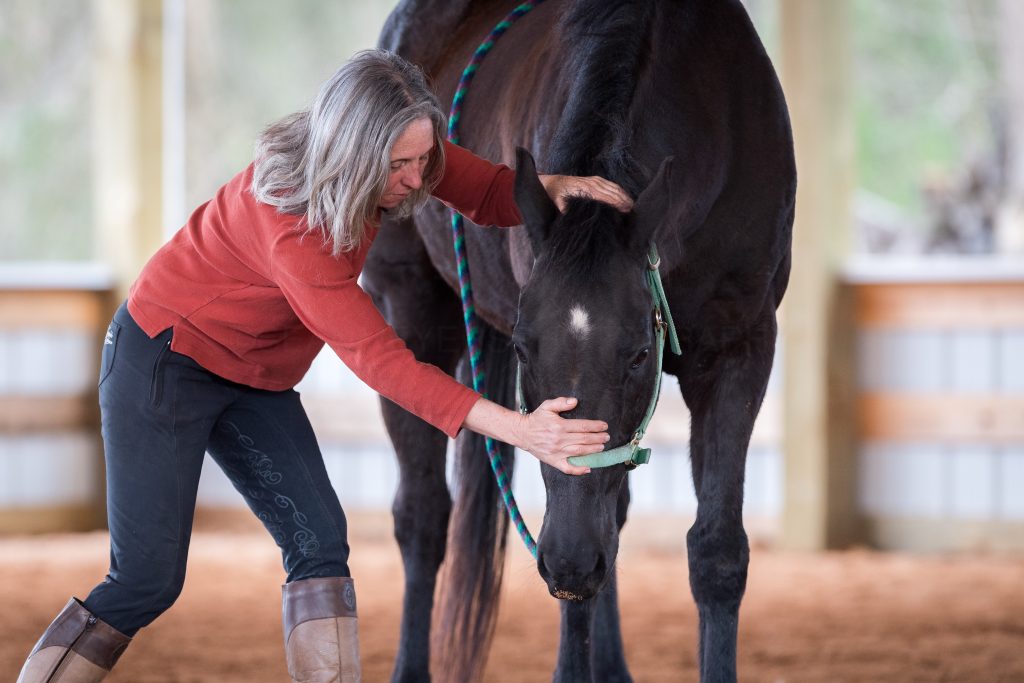
Calming the Anxious Horse
A frequent part of my job is helping anxious horses achieve a more relaxed, calm emotional and mental state. In other words, finding ways to turn on the parasympathetic nervous…

Riding with Precision
As riders, we often hear the advice to “use more leg.” In my experience, this often leads to riders that are squeezing and kicking, and horses that are desensitized to…
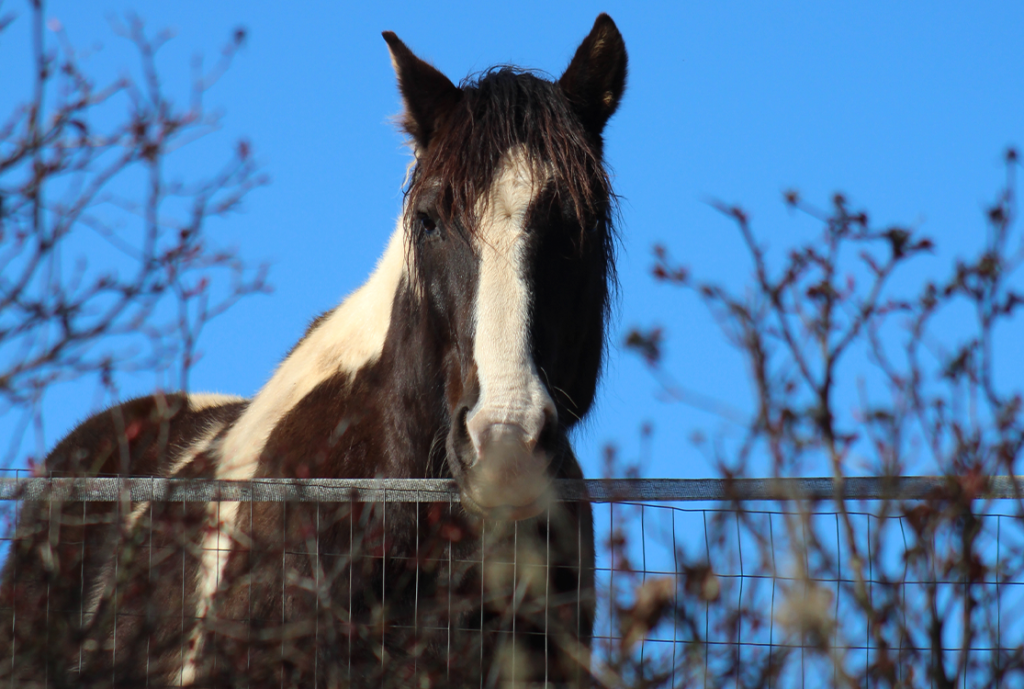
The Transformative Power of Listening
When I am teaching I never know exactly what is going to strike a chord, but I love it when something I say has a transformative impact. In a recent lesson…
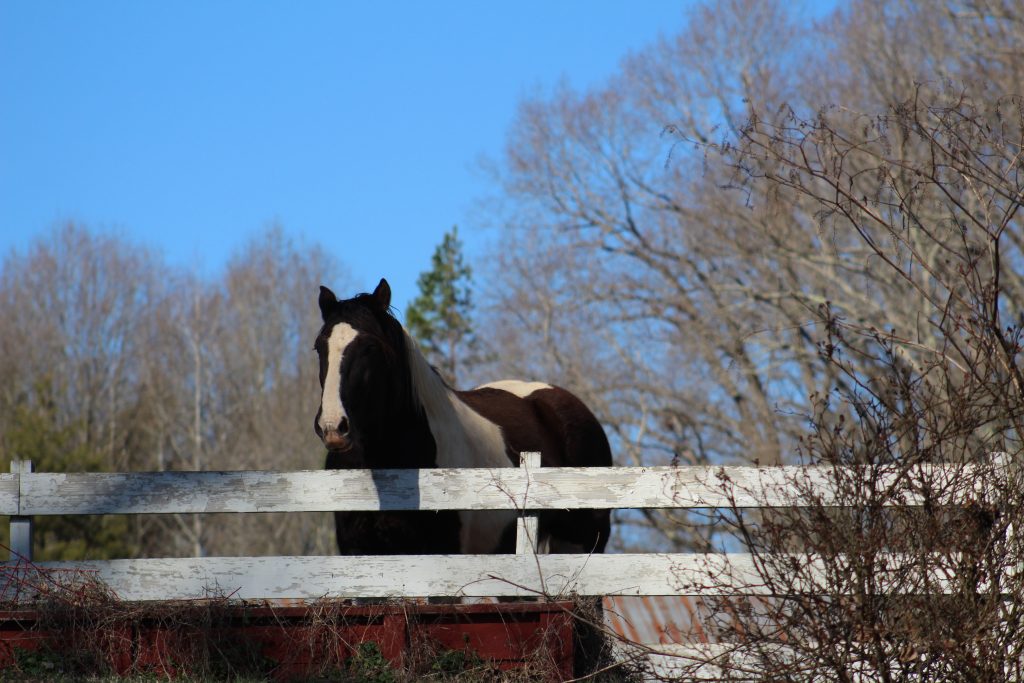
Teaching Weight Bearing Posture
I was talking with a dog trainer friend the other day and we were comparing the many similarities between our jobs, including that our primary role is not so much…
